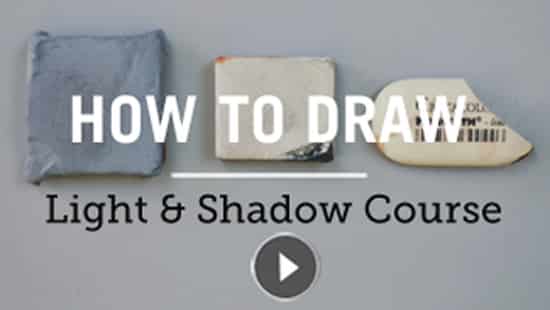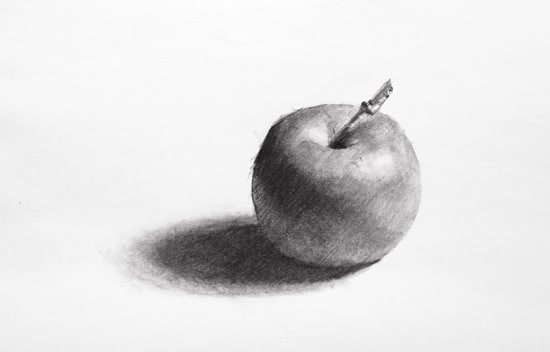Landscape Sketching in the Highlands

After a long drive we arrived at Laundry cottage in the pitch black, the only sound was running water from the nearby waterfall.
There had been a few minor worries en-route, slight overheating, suspicious drips from under the car and the Sat-Nav had given up the ghost but we were here…and the pack of shortbread left as a welcome gift was quickly consumed!
It was only the next morning we truly appreciated the setting we were in.
Surrounded by lochs, mountains in the distance and a spectacular view of Dunvegan Castle out of the cottage window…





















